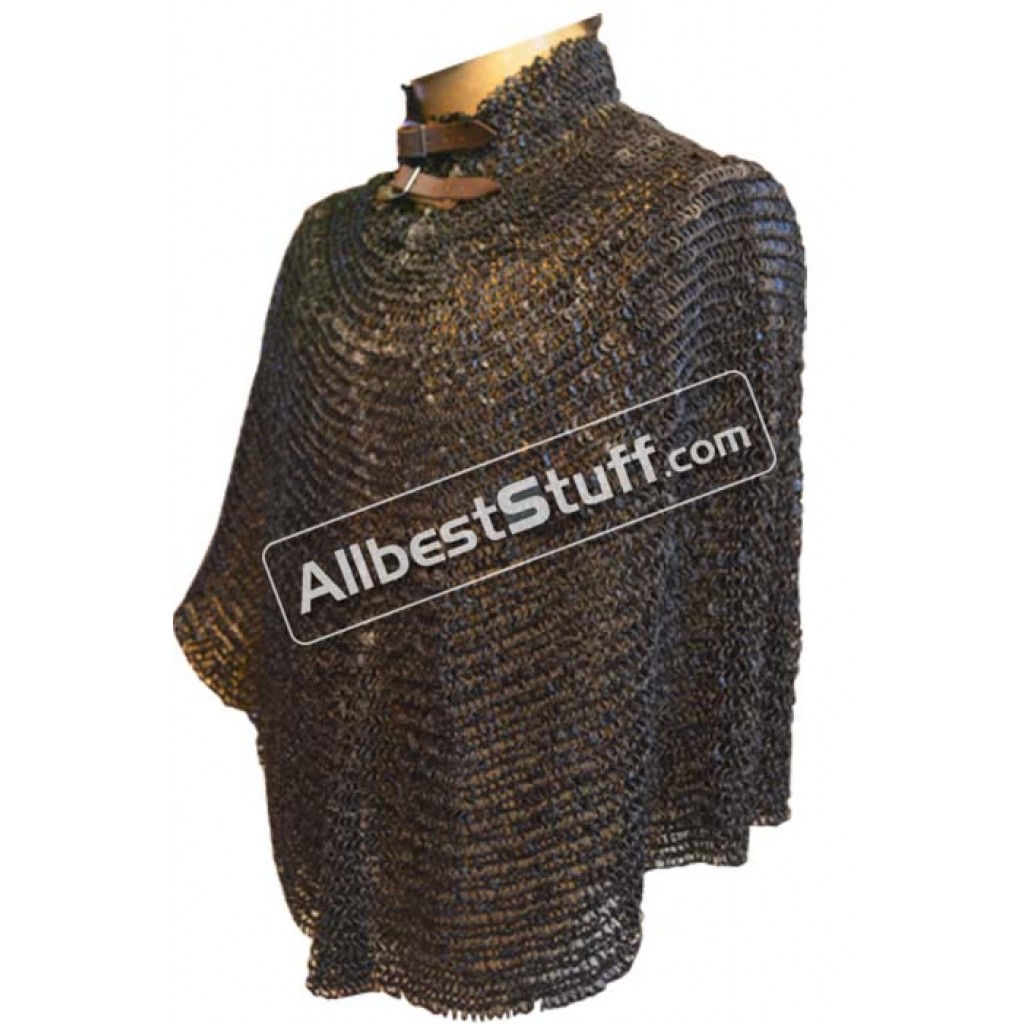

Men wore a tunic, cote or cotte with a surcoat over a linen shirt. A lapis lazuli-dyed, intense blue became very fashionable, being adopted by the Kings of France as their heraldic colour. The most common dyes remained shades of red, notably carmine, and basic yellows and greens.

Silk started to be produced in Europe in greater quantity than before, with silk embroidery seeing notable developments away from the style of Chinese silk that had been imported earlier these would continue into unique European styles of silkwork in the 14th century. For the rich and fashionable, vibrant colour and rare fabrics such as silk from the silkworm were ubiquitous. The century saw great progress in the dyeing and working of wool, which was by far the most important material for outerwear. While most items of clothing, especially outside the wealthier classes, remained by comparison little changed from three or four centuries earlier, the more tightly shaped cuts that had been introduced in the preceding century continued to evolve in commoners' fashion, too, with the imitation of nobles' clothing beginning among the developing burgher class that would become prominent in following centuries. Male and female clothing became remarkably similar, with many men's garments differing substantially from women's dress only in hem length, with the fanned sleeves common in the previous century vanishing from the latter and tightly buttoned sleeves becoming common. 1250Ĭostume during the thirteenth century in Europe was relatively simple in its shapes and rich in colour for both men and women, and quite uniform across the Roman catholic world, as the Gothic style started its spread all over Europe in dress, architecture and other arts. Women wore linen headdresses or wimples and veils, c. The man on the right wears a gardcorps, and the one on the left a Jewish hat. Costume in the years 1200-1300 13th century clothing featured long, belted tunics with various styles of surcoats or mantle in various styles.


 0 kommentar(er)
0 kommentar(er)
